The big news in cruising is that the CDC has taken the step of letting the “No Sail Order” expire. But it’s not back to sailing just yet. Replacing the ban on sailing is a “Framework for Conditional Sailing Order.”
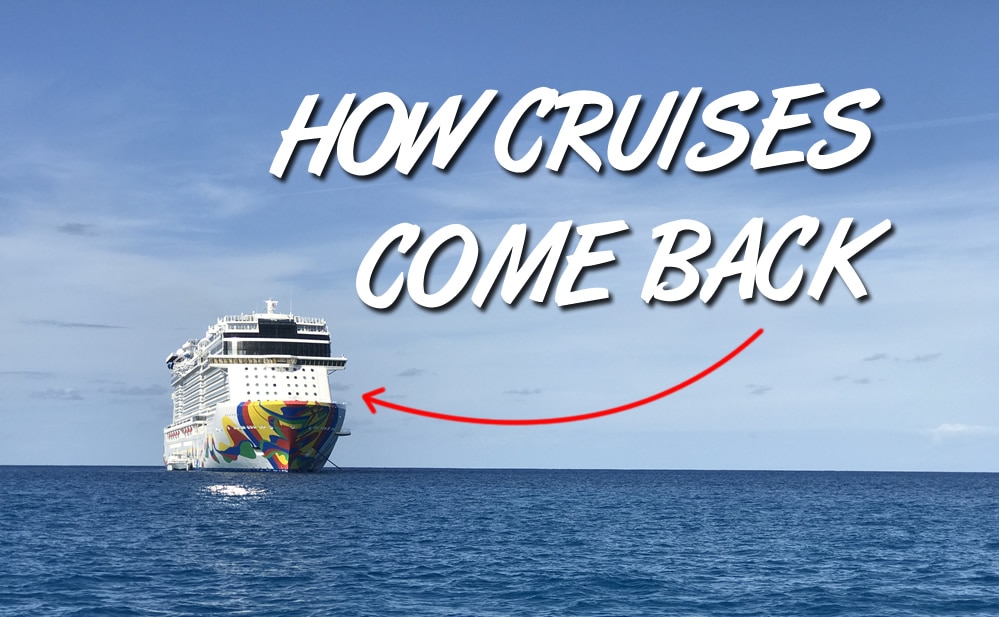
That framework lays out in detail what the CDC requires cruise lines to do to sail again.
In short, the new policy gives cruise ships the ability to earn a “green light” to get back to sailing, but there are lots — and we mean lots — of hurdles they must overcome to do so. This new framework is anything but a free pass to get back to sea.
So what exactly do cruise lines need to do to show the CDC they are ready to sail again?
The main premise of the framework rests on four steps laid out for cruise lines to follow. If they can pass all of these, then cruise lines are set to return.
- Testing and protection of crew onboard cruise ships in U.S. waters
- Simulated voyages with volunteer passengers to test new policies
- Certification process through the CDC to be fit for sailing
- Return of paid-passenger cruises in line with CDC protocols
We dive into the requirements of each below…
Testing/Protection of Crew Onboard Cruise Ships
The first step in the framework lays out rules that cruise lines must follow regarding the health of the crew onboard the ship.
Even after passengers were let off ships and cruises were suspended, there were still COVID cases on ships among the crew. There were also instances of lines not following CDC guidelines laid out in the previous “No Sail Order,” such as not following social distancing protocols and crew transfers that were unauthorized.
As well, each cruise line was required to submit a comprehensive response plan that outlined how the line would prevent, mitigate, and respond to the spread of COVID-19 on its ships. A number of lines — including Norwegian, Celebrity, Royal Caribbean, and MSC — have already completed this plan. However, some cruise lines (most notably, Carnival) aren’t shown on the CDC website for having submitted an approved plan.
According to the CDC, if a line is not shown on its list, it means the cruise line “is not operating and does not plan to operate in U.S. waters during the initial phases of the Framework for Conditional Sailing Order.” That doesn’t mean they won’t quickly submit their plan and start the approval process, however.
Furthermore, in this step the CDC requires every crew member be tested on at least a weekly basis. Below are the full requirements to fulfill this step of the framework.
Requirements for protection of crew on ships:
- Have a “No Sail Order” (NSO) response plan submitted to the CDC that is determined complete and accurate
- Continue to submit reports regarding COVID illness on the ship (covering at least 28 days before arriving in U.S. waters for those ships that left during the pause)
- Continue to follow the NSO response plan and most current CDC recommendations for COVID-19
- At least weekly testing for every crew member on the ship
- Crew can only be transferred from ships with no COVID illnesses for the previous 28 days
- Crew embarking from land must be tested before embarking and quarantined immediately
- Continued following of these requirements following application for a certificate to sail
For the most part, these rules include a number of things that cruise lines should have already have done (such as submitting a response plan) or are currently doing. The requirements ensure that the crew on the ship are all healthy, preventing a potential outbreak from beginning from the crew and then spreading throughout the ship.
Summary: This step requires cruise lines have a response plan approved by the CDC, meets its requirements for crew health onboard, and conducts weekly testing of all crew for the virus.
Simulated Voyages With Volunteer Passengers
The next step in the framework to return to sailing is completing simulated voyages. These are simply test cruises that allow the staff to work through how to sail and follow the new protocols. This is especially important given the new protocols are drastically different than what was in place before the pause in cruising.
Not only do the simulated cruises give the crew a chance to practice, but it also gives the CDC a chance to monitor their progress and ensure that correct steps are being taken before allowing paid passengers on the ship.
These voyages will consist of volunteers that are at least 18 years old and have no pre-existing medical conditions that put them at high risk for the virus.
The simulated cruises must have a number of activities that would be seen on a normal cruise. This includes embarkation/debarkation procedures, onboard activities such as dining, shore excursions, and even evacuation procedures.
What’s not specified is how many of these simulated voyages are required, or how long they must be. The CDC simply says that “the cruise ship operator must design and conduct a simulated voyage insofar as practicable to test the efficacy of the cruise ship operator’s ability to mitigate the risks of COVID-19 onboard its cruise ship.” And the CDC also says they may ask the cruise line to have additional trips before giving approval.
Before a cruise line can have a simulated voyage, it must have successfully completed all the steps laid out for crew protection, outlined above.
Requirements for simulated cruises:
- Volunteer passengers are to be informed in writing they are taking part in an “unproven and untested” simulation of safety protocols
- All volunteers must be 18 years old or older and have written certification of no pre-existing conditions that put them at high risk of COVID
- The volunteer effort must be consensual and not for compensation or employment
- Additional crew are allowed only as determined by CDC orders
- The simulated voyage must be conducted in a practical way to test the effectiveness of the cruise line’s ability to reduce the risks of illness
- Cruise lines must conduct monitoring and testing of volunteers before they embark
- The test cruise must simulate embarkation/debarkation procedures, onboard activities, private island shore excursions (if planned during real cruises), evacuations, transfer of sick passengers, and quarantine of other passengers
- Meet standards for hand cleanings, facemasks, and social distancing
- Adhere to social distancing for meals and entertainment
- Test all passengers and crew on embarkation day and debarkation day
- Testing of anyone with COVID-like illness during the sailing, as well as close contacts
- End the voyage if COVID is found onboard during the test cruise
- Create an “after-action” report for any deficiencies in the health protocols and address them
- Additional simulated cruises may be required per CDC’s review
Summary: Before applying for a certificate to return to sailing, cruise lines must first have a simulated voyage that mimics the real thing, giving them time to practice new protocols and fix any gaps before paid passengers sail again.
Applying for a “Conditional Sailing Certificate”
After taking steps to ensure crew safety outlined above and completing the simulated voyages, the cruise line may then apply for its “Conditional Sailing Certificate.”
This certification is required by the CDC to return to sailing. While there are a number of requirements to earn the certificate, it is granted by showing that the cruise ship can adopt and adhere to the CDC standards for keeping passengers healthy.
The application process includes completing the proper steps before applying, submitting a complete application, and then a review by the CDC officials.
In its framework, the CDC breaks down the process for the Conditional Sailing Certificate into two areas — completing the application and the review process.
Requirements for a complete application:
- A completed application form with signatures of the cruise line’s officials
- Names, titles, and contacts for the officials and any third-party auditors
- A statement of intent with the name, capacity, itinerary, ports of call, voyage length, and expected activities for the ship seeking certification
- A copy of the Coast Guard Certificate of Inspection
- A certification by officials stating that the cruise line has complied with CDC crew protection requirements
- A certification by officials stating that the cruise line has adopted protocols that meet CDC standards for mitigating COVID risk
- A certification by officials stating that the cruise line has adequate medical capabilities on the ship to manage a severe outbreak
- A certification by officials stating the cruise line complies with other requirements of the framework for mitigating COVID risk
Notably, the CDC says the application should be submitted at least 60 calendar days before the anticipated sail date. In addition, cruise lines will need to complete the crew safety and simulated voyage requirements before applying.
With that in mind, it seems reasonable that cruises may not start back until at least 90 days from now, or around February at the earliest, but that is just an estimate.
Guidelines for the CDC review of the application:
- The CDC will review the application for completeness and grant or deny a certificate, or ask for more information
- The organization my limit the terms of the certificate, including areas such as capacity, itinerary, or activities available
- Cruise lines must make its records available for inspection, including crew members for interviews
- The CDC may require a cruise line to show proof of inspection by any other agency about any aspect of the line’s operations
- Cruise lines must have mechanisms in place to report any “deviations” to the CDC or Coast Guard within 24 hours
- Cruise lines must continue to comply with the requirements of their framework
Summary: Cruise ships must have a “Conditional Sailing Certificate” from the CDC, and must submit a complete application for review. Only once approved may they continue back sailing.
Return of Paid-Passenger Cruises With CDC Protocols
After these three major steps, cruise lines still aren’t in the clear to return to sailing yet. As part of the approval process to resume sailing — and to continue to keep certification to sail — cruises must take on a number of new requirements that are required from the CDC.
While the protocols mentioned in previous steps apply largely to the preparation to apply for a Conditional Sailing Certificate, the CDC also laid out “minimum standards” that apply to cruise operations once they are underway.
Only if cruises meet these new rules will they be allowed to resume sailing. As well, cruise lines must continue to follow these new rules in order to continue to sail.
The “minimum standards” in the CDC framework cover everything from the length of cruises to testing requirements, and even how cruises are marketed.
Minimum standards to return to sailing:
- Cruise lines must include the CDC travel advisory related to cruise travel on its marketing materials and its website
- Cruises longer than 7 days are not allowed. This length may change depending on the status of the pandemic
- All passengers and crew must be screened for COVID before boarding
- All passengers and crew must be tested for COVID on embarkation day and debarkation day before being allowed to board and leave the ship
- Anyone with COVID-like symptoms on the cruise must immediately by tested
- All test results and “syndromic surveillance” must be reported to the CDC
- Cruise lines must meet standards for handwashing, facemasks, social distancing, and ship sanitation
- Restaurants and entertainment venues must be changed to allow social distancing
The framework also spells out what happens if someone is found to have COVID while on a cruise.
Notably, while the Healthy Sail Panel suggested that small outbreaks could lead to isolation of passengers testing positive and the continuation of the cruise, the CDC framework says that the cruise must end immediately if a “threshold” of COVID cases is detected on the ship. (It’s not clear what that threshold is. We’ve reached out to the CDC for more information.)
Requirement if the virus is found on the ship:
- Notify passengers, crew, and government entities
- Immediately end the cruise if a threshold of cases is found, cancel future trips until directed by the CDC that sailings can continue, and return to the port of embarkation
- Isolate infected passengers and crew in single-occupancy cabins and quarantine remaining passengers and non-essential crew
- Disembark passengers and crew according to agreements with ports and local health authorities
- Transport passengers and crew using non-commercial transportation
- Instruct passengers and crew to stay at home and socially distance
- Inform other persons — including ship pilots, ground transport and air charters — that COVID was found and confirm they have plans to notify their staff
Summary: To gain approval to sail — and continue sailing — cruise lines must meet new requirements. This includes testing on embarkation and debarkation day, no cruises over 7 days, and more. If a threshold of cases is found on the ship, then the cruise will end and return home.
Return of Cruises Will Take Time
The timing of the CDC announcing its new framework to allow cruises to return and lifting the “No Sail Order” seemed odd given that it came on the same day as a record number of COVID cases were reported.
That said, if anyone had the impression that this was simply lifting the order and allowing cruises to get back to sailing like they used to do, that’s simply not the case.
The CDC has laid out a myriad of requirements to return to sailing, and the process looks to take months to complete, especially given requirements that applications to sail be submitted months in advance of a return. Not only should that give time for cruise lines to implement and test their new procedures, but it will also allow more time for treatments and vaccines to further combat the virus cases.
So while cruises haven’t returned yet, it looks like there is a light at the end of the tunnel — along with some close inspection by the CDC.

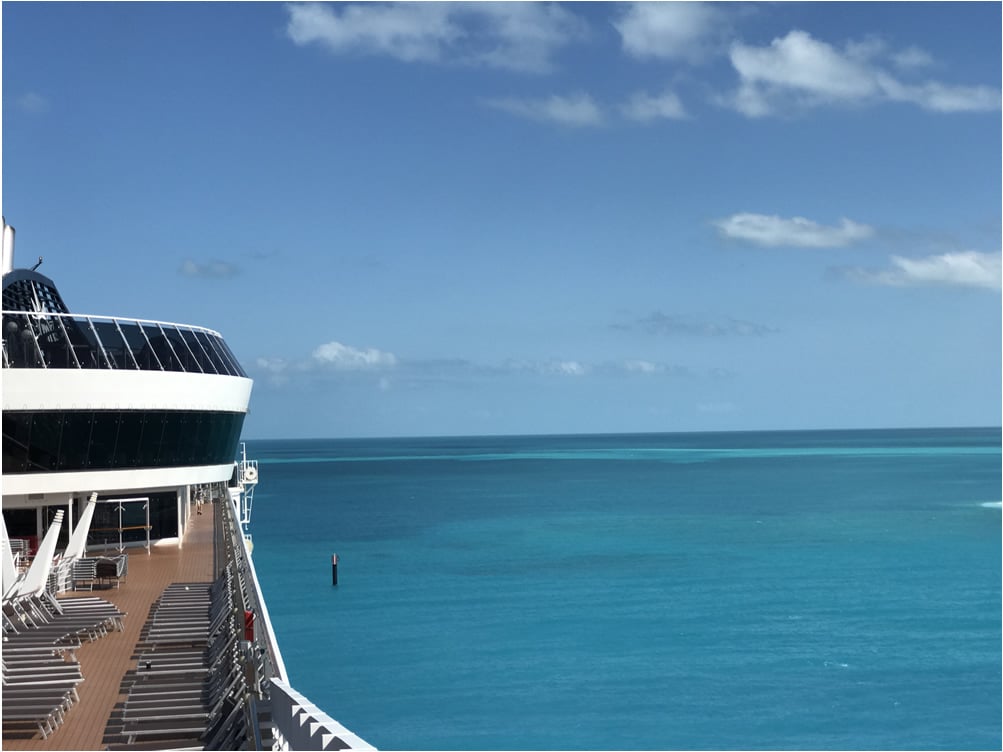
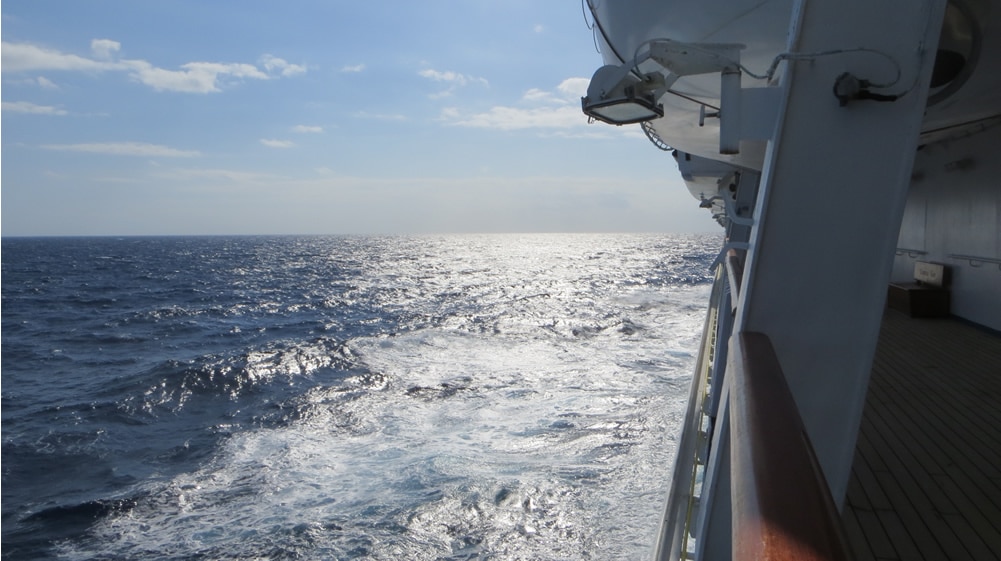
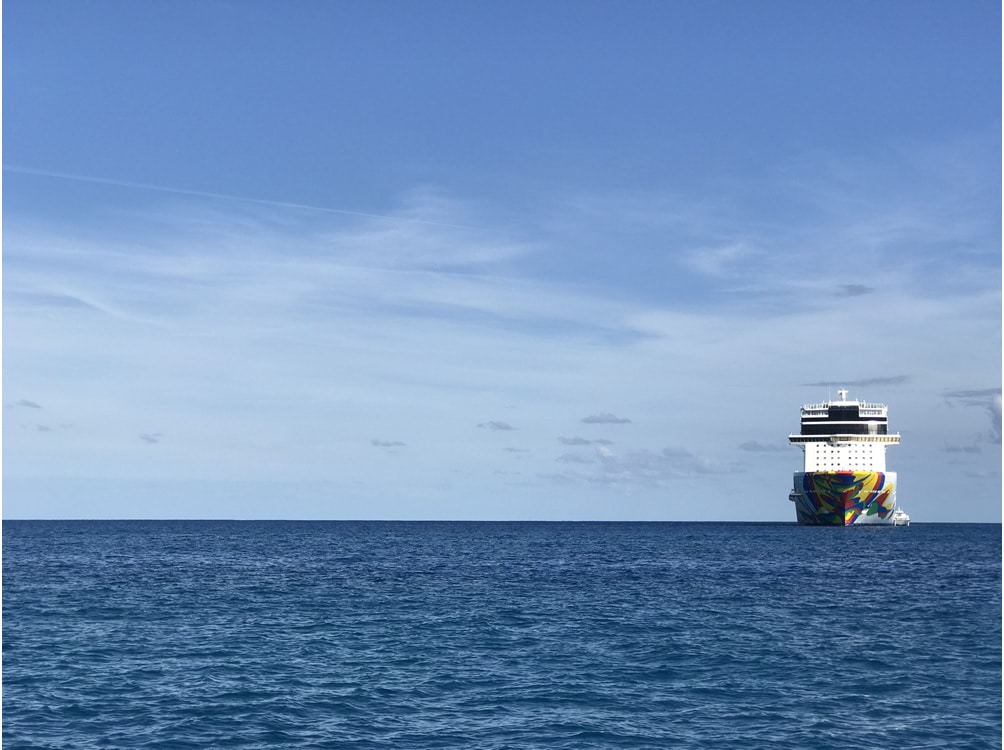










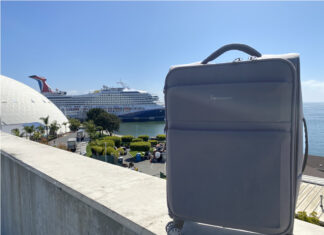
How do I apply for CDC clearance to be a cruise volunteer?
Volunteer cruises will be handled by the cruise line. The main requirements are being 18+ and having no health issues that put you at higher risk, or having the vaccine. There isn’t any sort of clearance through the CDC to apply for.